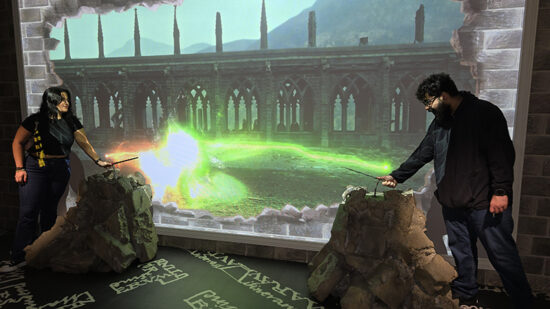August Girls Night Out at Studio Movie Grill
Grab a friend or two and head out to Studio Movie Grill for a Girls Night Out
On the 2nd Wednesday of each month, Studio Movie Grill features Girls Night Out. It’s a chance to take a break and catch up with your friends for cocktails and then enjoy an encore presentation of memorable “chick flicks”. Tickets are just a buck!


















